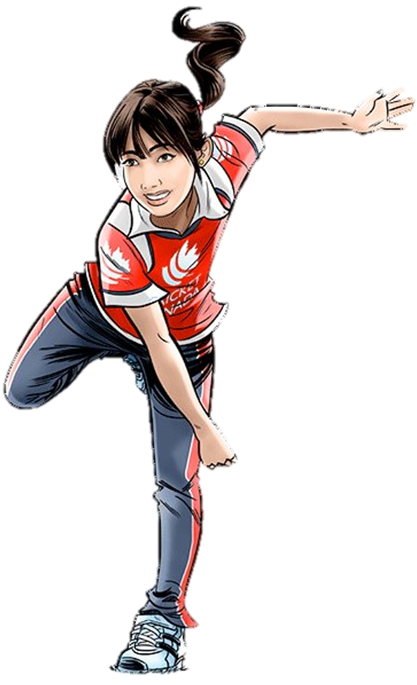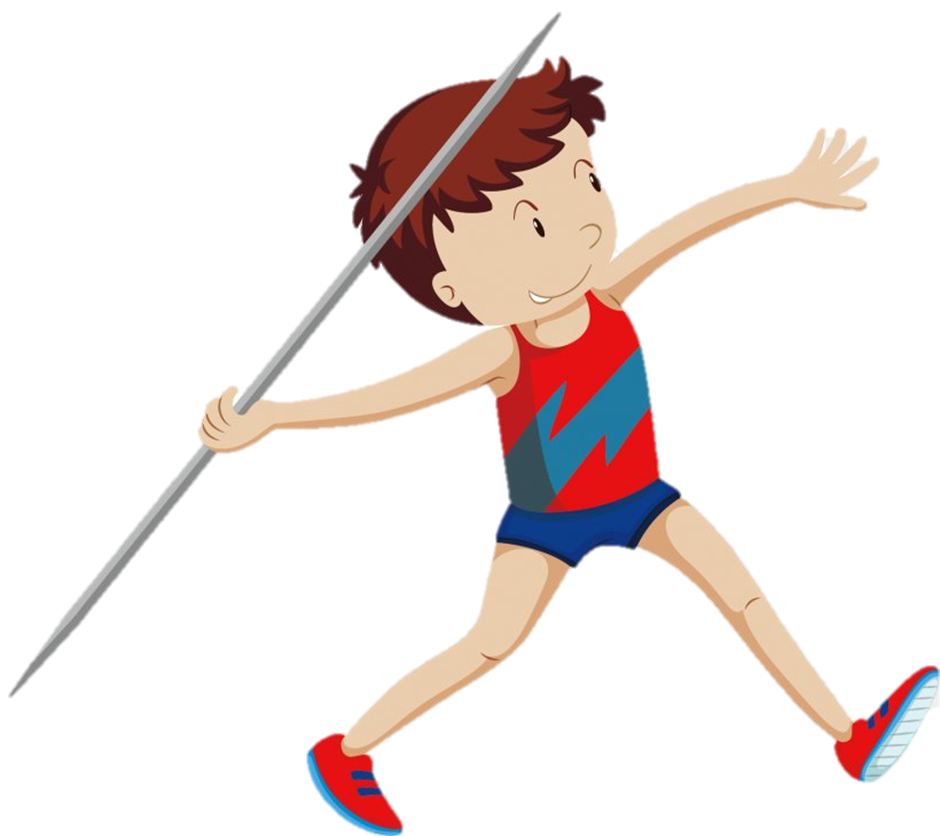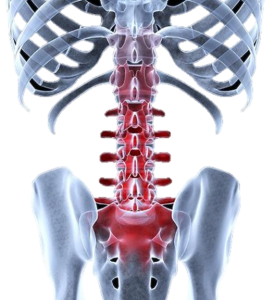A stress fracture is a type of overuse injury that can occur in young athletes who perform a lot of monotonous and repetitive movements.
It is not the same as a “normal” fracture where the bone breaks in two.
The term describes a weak point or an area in the bone structure where bone tissue breaks down faster than it can repair itself.
It is important to detect the injury early to prevent a complete fracture.
Up to 50% of young people with back pain have a stress fracture in the lower back.
Symptoms
Back pain that worsens during activity, especially when the athlete stretches and rotates the back. The pain may be localised to one side, but sometimes it also spreads down into the buttocks. This may seem strange, but it is possible to have a stress fracture even when no pain or discomfort is present.
Causes
Activities that require repetitive rotation or hyperextension can cause stress fractures. Sports with a high incidence of spondylolysis include:
Golf Swing

Cricket Bowling

Javelin Throwing

Diagnosis
t is difficult for a doctor or physiotherapist to diagnose a stress fracture with a clinical examination. If the pain has only recently started, the changes in the bone tissue may not yet show up on an X-ray. If an injury is still suspected, even though the X-ray is normal, a different imaging diagnostic tool, like MRI, should be used to confirm the diagnosis. This condition should be suspected if a young athlete experiences low back pain.

Treatment
The athlete should not participate in the sport that caused the injury for at least 12 weeks, even if the pain subsides within this period. The bone tissue needs time to heal. In the meantime, the athlete can stay fit by performing alternative, pain-free, exercises. For example, cycling, swimming, and general strength training.
Prevention
For some athletes it can be a good idea to adjust their sporting technique.
An adjustment in technique can alter the load, thereby decreasing the risk of injury.
Young athletes are particularly receptive to changing their technique, but it usually becomes more difficult with age.
Fine-tuning your back mobility and core control is critical. Learning self-management techniques will ultimately help you to achieve your goal of safely returning to your previous sporting or leisure activities.
For example may younger cricketers are monitored and limited on the amount of overs they can bowl in a set time period
Contact Me
Let's chat!
Need more information? Send me an email or drop me a line. I don’t bite!
- Charlotte@rehabontheroad.co.uk
- 07971448719
